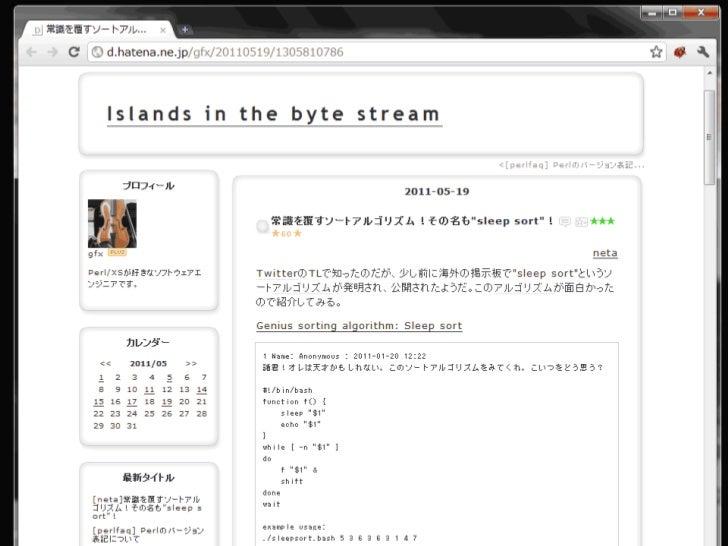

The issue I had was that one of the API calls would intermittently fail. I'm using some of the NOAA Endpoints that you can see here. Recently, I was working on an NodeJS API that calls a set of endpoints to provide a weather forecast. I actually cover a basic walkthrough of this in my post Optimizing Angular with Async Await. Which forces things that are async (like promises) to complete before getting a payload and making calls. One common approach to handling things like this is using async await. It makes it harder when you want to streamline processing to force control on things like threads or API calls. This means that things like scope and order can make or break JavaScript programs. Unlike many other languages, JavaScript operates inside a hosted environment which determines how the code is actually ran. When learning JavaScript for the first time, one of the biggest challenges is understanding the event loop. They're showing what a well rested NodeJS function looks like. Here's a simple example of a 5-second sub-process queuing up parameters for a 4-second main process in a non-blocking manner.Here are my two cats Chestnut and Rey. In order to "wait" in javascript using promises are the way to go as the top answers show.

Using the fat arrow operator, though, makes it even smaller (and more elegant). Simple and elegant sleep function using modern Javascript function sleep(millis), millis) You can use it today by using webpack 5 (alpha), In the top level like in this example await sleep(1000) Soon you will be able to use the await syntax outside of an async function. No need to provide command line arguments.

Update June 2019: By using the latest versions of NodeJS you can use it out of the box. You can use the new async/await syntax.įor using async/await out of the box without installing and plugins, you have to use node-v7 or node-v8, using the -harmony flag. Today ( Jan 2017 June 2019) it is much easier. > await delay(1000) /// waiting 1 second.Ī new answer to an old question. > const delay = ms => new Promise(resolve => setTimeout(resolve, ms)) Update Jan 2021: You can even do it in the Node REPL interactive using -experimental-repl-await flag $ node -experimental-repl-await


 0 kommentar(er)
0 kommentar(er)
